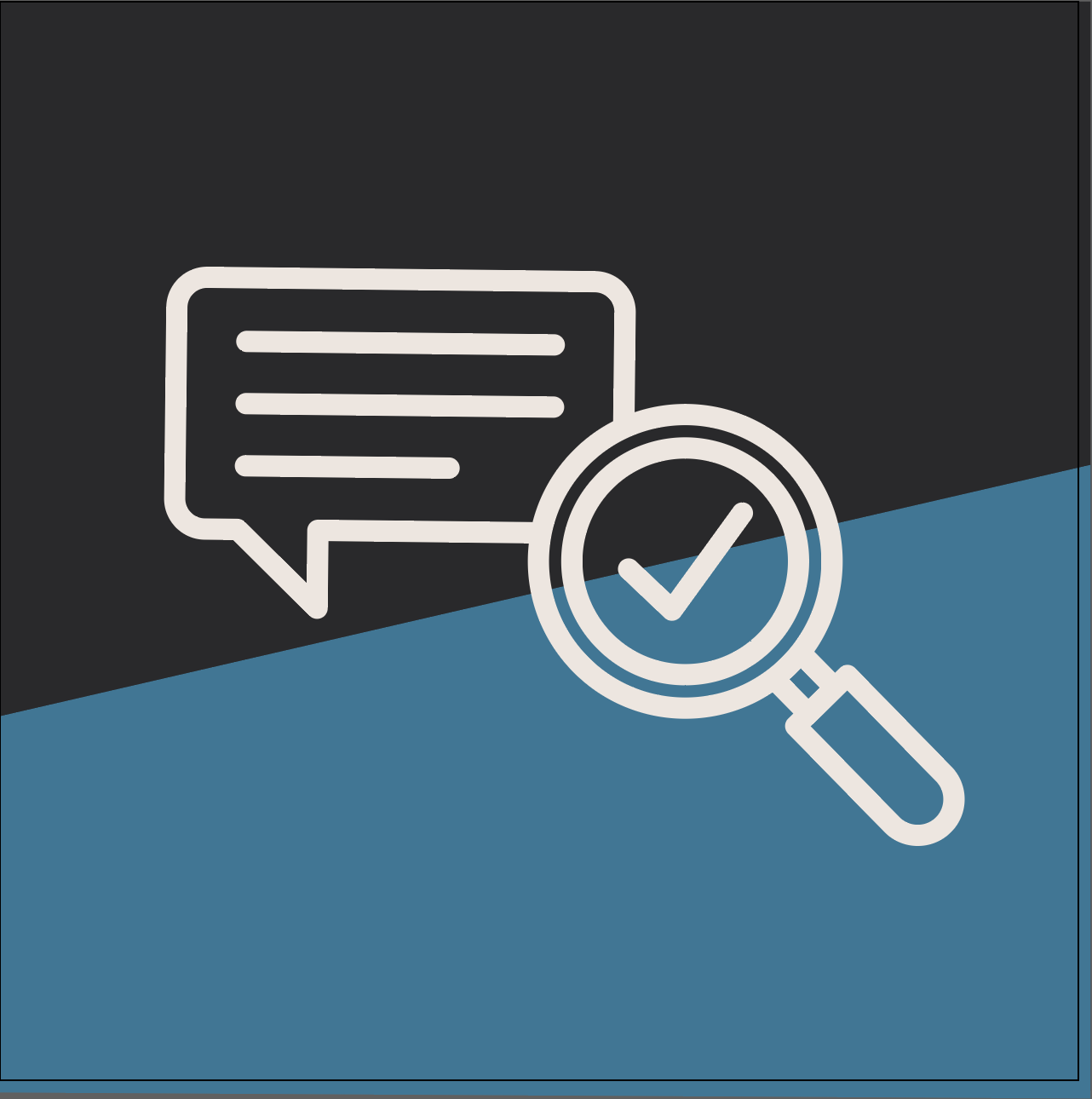Using User Context to Improve Site Navigation
Dennis Kardys Head of Design & Development#Industry Insights, #Design, #Design Advice

The best way to improve navigation on your website is to consider your content, your users, and their context. Learn about the ways people search for and discover information in this article.
Although there are general navigation best practices you can follow, if you want to make it easier for people to find and discover information on your website, you need to understanding their context.
For a site to be easy to navigate, or intuitive, suggests that a user is able to easily make sense of the information presented, and effortlessly find what they're looking for. In order to reduce the amount of effort it takes users to navigate, you need to anticipate how they will be inclined to interact with the elements on any particular screen. The trick is that how somebody behaves when searching for information on a site depends heavily on the properties of the content and the context of the user. So let's dig into that!
Global vs Contextual Navigation
To understand how context applies to navigation, it can help to understand the distinction between two different types of navigation and the roles they play.
Global Navigation
Global navigation is a term for the site-wide links or main menu items that exist on every screen. They serve to help your users make sense of how content is organized on the website. Think of this as the mall directory map for your site. It can help you get a lay of the land and narrow down which stores might have whatever you’re looking for, but it will still take some exploration to find the exact item you’re seeking.
Contextual Navigation
Contextual navigation is specific to both your immediate surroundings and your circumstance. On a website, these might be: links that exist within the content itself, filters on a product listing, or links to popular or related content items. Back to the mall analogy, this might take the shape of in-store signage, aisle labels, displays, or useful products positioned near the check-out line. Contextual navigation anticipates your situation and exposes whatever information or content is deemed to be most relevant or useful at that time and place.
Context is the key to designing navigation that feels intuitive to people. Think about a specific page or section of your website. Consider the content that exists. Think about why a site visitor would come in search of it. Ask yourself (or even better, ask an actual end user):
- What common circumstances might result in a person ending up here?
- What would they be hoping to achieve or do with the content they find?
- What would they likely look for, do, or want to do next?
The answers to those questions will give you a better sense of context to design for. Based on what you learn, you may see one of the following information-seeking patterns1 emerge:
Locating
This is essentially locating a specific answer to a specific question. A person who knows precisely what information they are looking for and just needs to find it is referred to as a known-item seeker. Known-item seekers are usually trying to look something up, or locate a piece of information that will help them complete a task. Anything not relevant will be ignored. Known-item seekers are often predisposed to relying on search. Navigational cues and options should be as clear and obvious as possible.
When you arrive at the mall with one item on your shopping list, leave the car running with your significant other in the passenger seat, and promise that you’ll only be a minute, you are in this mode. (Even though you probably left me waiting in the car for almost 20 minutes.)
Exploring
People who are exploring are trying to gather more information on a topic. Their information seeking goals are a little more open-ended—they have an idea of what they are looking for, but want to do some research. Explorers collect bits of information as they browse and are likely to change or modify their search based on content they discover along the way. This behavior is also referred to as berry-picking. Users who are exploring are usually following an information trail, so they rely heavily on in-content links and related content to pick their path. Menus and clearly labeled navigation help them switch paths quickly.
When you decide you need a new pair of running shoes and stop by the shoe store in the mall, but then leave the mall three hours later with new shoes, jogging shorts, and a Fitbit you are in exploring mode.
Meandering
People who are meandering have no specific goal in mind. They are typically looking for inspiration, casually browsing, or killing time. With no defined goal, information-seeking tasks are often interrupted or abandoned. Because meandering users are not trying to locate a specific piece of information or answer a specific question, they are less inclined to use search, and more apt to follow interesting in-content links. People looking through photo galleries, email campaign click-throughs, skimming articles, and perusing content feeds, are examples of meandering.
When you and the gang meet up at the food-court for lunch then walk the mall with your besties, stopping in shops along the way, you are in meandering mode.
Conclusion
The more you understand the connection between content and context the better equipped you will be to design navigation that aligns with the needs and expectations of your site visitors. Factoring in what you know about your users and prioritizing the information-seeking models certain pages or sections need to support can help you evaluate what’s working and what’s not with your current navigation system.
Resources and references:
- 1. Information Wayfinding, Part 3: Designing for Wayfinding, published on UX Matters by Tyler Tate
- What is IA? (multiple sources)
- 4 Modes of Information Seeking and How to Design for Them, published on Boxes and Arrows by Donna Spencer
Related Posts

User Onboarding Process: Guiding Visitors Through Your Website
We offer some tips on how to design a website in a way that helps users intuitively understand how to use it to accomplish their goals.

Generative Engine Optimization (GEO): Creating Content For AI-Search
Generative Engine Optimization (GEO) boosts your content's visibility in AI search. Discover 5 key strategies for platforms like Perplexity and Gemini.
Results Matter.
We design creative digital solutions that grow your business, strengthen your brand and engage your audience. Our team blends creativity with insights, analytics and technology to deliver beauty, function, accessibility and most of all, ROI. Do you have a project you want to discuss?
Like what you read?
Subscribe to our blog "Diagram Views" for the latest trends in web design, inbound marketing and mobile strategy.
